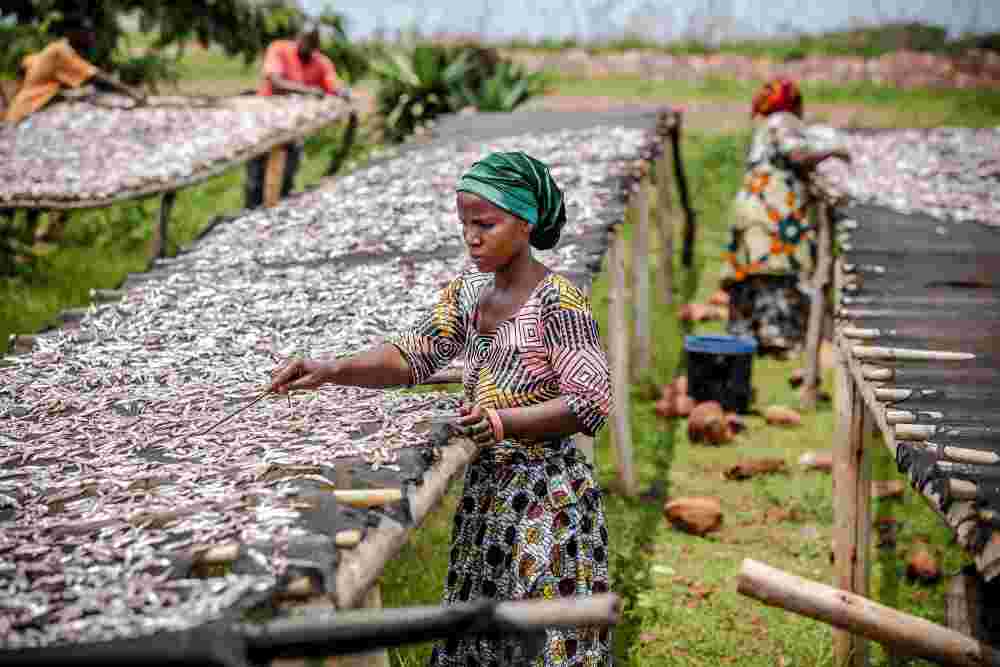Empowering Women in Small-Scale Fisheries for Sustainable Food Systems (2020-2021)
Malawi, 2020 - 2021
Get Microdata
Reference ID
MWI_2020-2021_EWSFSFS_v01_EN_M_v01_A_OCS
Producer(s)
Nicole Franz, Lena Westlund, Molly Ahern
Collections
Metadata
Created on
Feb 06, 2023
Last modified
Mar 10, 2023
Page views
77110
Downloads
877
1.4.1.1 Can you tell me about the role of women in decision-making in small scale fisheries? (x1_4_1_1_can_you_tell_me_abo)
Data file: data_anon_kii
Overview
Valid:
10
Type:
Discrete
Width:
255
Range:
-
Format:
character
Questions and instructions
Categories
| Value | Category | Cases | |
|---|---|---|---|
| - Bulk of work is done by women in fishing sector (70%) and women are usually engaged in post-harvest, the handling, marketing or process and this is also the area where women can make decisions. - Usually man controls the income at household despite t | 1 |
10%
|
|
| - Culturally men have more decision-making powers than women do, especially at household level. In circumstances of female-headed household, it is easier for women to exercise her decision making easily. - Women control processing, handling, trading | 1 |
10%
|
|
| - Men are decision makers on most of the issues because of ngonde culture. It is easier for women headed households to make decision on their business, since they do not need consent from someone unlike those that are married. - Women’s decision-mak | 1 |
10%
|
|
| - No answer | 1 |
10%
|
|
| - Through consultations with different women groups and individual’s women are at different levels of agency, in some instances where they are in hegemonic households, they are involved in joint decision making processes with their husbands. - For t | 1 |
10%
|
|
| - Usually men makes decisions at household level and if negatively done it affects women's particicipation in fishing industry. - Some women do business on their own without consent of the husband however, there're a lot of misunderstandings amongst t | 1 |
10%
|
|
| - Women have decision powers especially in respect to processing, handling and trading. The reason is that it has lesser capital investment and they can decide what to do. However when it involves large investment, men will make most of the decisions e | 1 |
10%
|
|
| - Culture and religious (Islam) Very low decision making among most women - decision making is still a challenge, many think it’s a role of man to make decision. Though trend are changing but still at minimal. - Locally women are empowered, we ensure | 1 |
10%
|
|
| Decision making amongst women is still very low compared with men. Culturally many people still believe that it’s a role of man to make decision while a woman follows. Amongst the Yao tribe that is predominantly by moslems, women are suppose to listen | 1 |
10%
|
|
| Very low decision making among most women - culturally and because of religion many think it’s a role of men to make decisions even in these groups. Though trends are changing because of capacities built but still at minimal rate. | 1 |
10%
|
Warning: these figures indicate the number of cases found in the data file. They cannot be interpreted as summary statistics of the population of interest.
